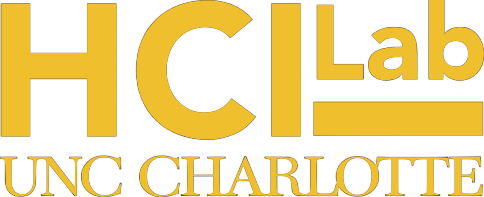
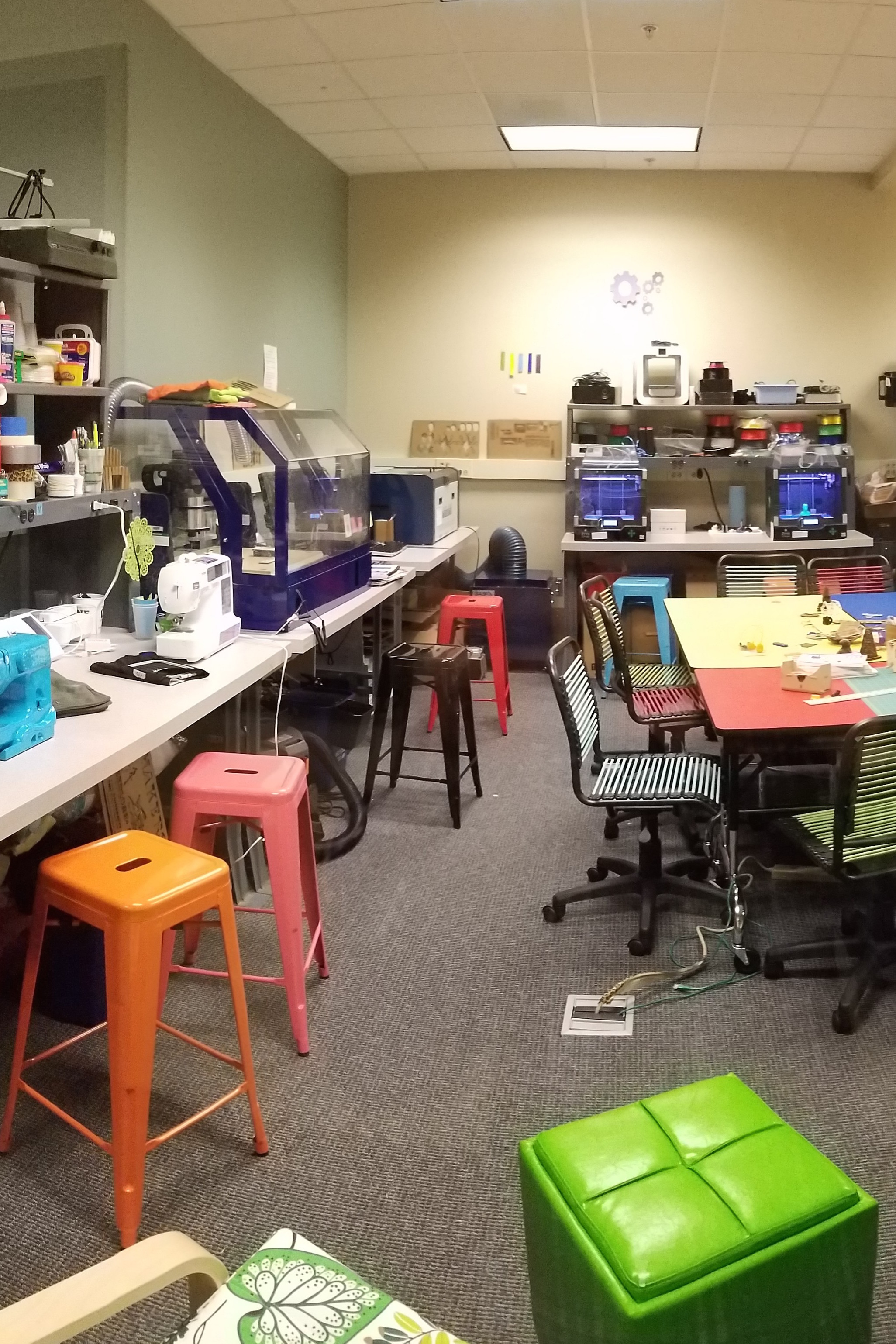
The College of Computing and Informatics has a new Makerspace equipped with 3D printers, laser cutters, sewing/ embroidery machines, electronics etc. that is open to all UNCC students, faculty and staff. The HCI lab is interested in studying the interactions that go on within and around the space, particularly in terms of how it is perceived and used by underrepresented minorities in technology. We seek to understand the perceptions and attitudes of users and non-users of makerspaces to inform the design of our own space such that it lives out the message of radical inclusion promised by the maker movement and the population of students using the space is representative of the diverse population of students in the university as a whole.
Website: https://sites.google.com/a/uncc.edu/unccmakerspace/home
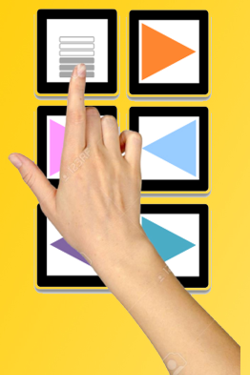
Tangible interaction is a branch of HCI research that explores how to interact with digital information using physical objects and gesture-based interaction. While many tangible systems have been developed and evaluated, few people are doing fine-grained studies that investigate how tangible interaction affects specific aspects of human cognition. We are currently researching ways tangible interaction supports and affects creativity, specifically exploring tangible interaction for visual, musical, and language-based composition.
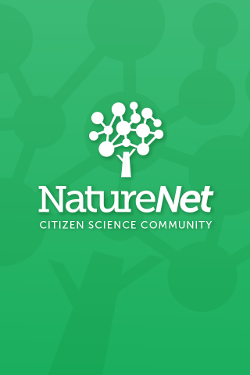
Crowdsourcing design has been applied in various areas of graphic design, software design, and product design. NatureNet draws on those experiences and research in diversity, creativity, and motivation to present a model for crowdsourcing the design of a socio-technical system for a citizen science community. NatureNet is a tabletop device with several client applications available in a nature park setting. Park visitors are encouraged to participate in the design of the tasks and the interaction design as well as collect bio-diversity data. Crowdsourcing design for citizen science of this kind serves two purposes: to increase the motivation to participate and to increase creativity through diversity of design expertise.
Website: https://nature-net.org

Examine factors influencing adoption of electronic patient portals by lower-income older adults in North Carolina. Develop understanding of issues around use of portals by proxy caregivers.
Researcher: Celine Latulipe in collaboration with researchers at Wake Forest Medical School
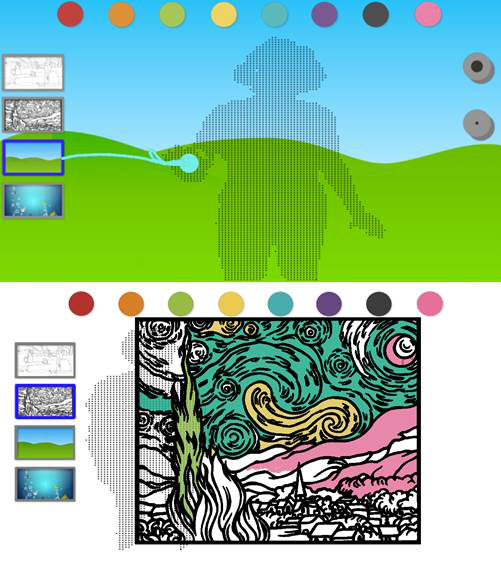
Move and Paint is an embodied interactive creative system designed to encourage the elderly to increase their physical activity and to engage elderly populations in creative expression by moving their hands to draw and color on a large screen. Move and Paint uses a Kinect to convert hand and arm gestures to place colors on a scene or drawing on a large projected screen. The Kinect sensor identifies the hands of multiple users and shows them on the screen as a circle of color. The user changes the color by moving the circle to one of a selection of colors across the top of the screen. Users create a painting either by drawing or filling a section of a coloring book image with the color of the circle. The purpose of this study is to understand how elderly populations interact with embodied creativity and explore the difference in exploration, learnability, play, and engagement in the two populations: elderly and college students.
Pique , short for Personalized Curiosity Engine is a cognitive system which build a representation of the learner's interests and knowledge, and use this to recommend sequences of resources that are tailored to increase motivation and learning. Pique simulates the learner's curiosity using a metacognitive model of expectation and reflection, and makes recommendations that will stimulate that curiosity.
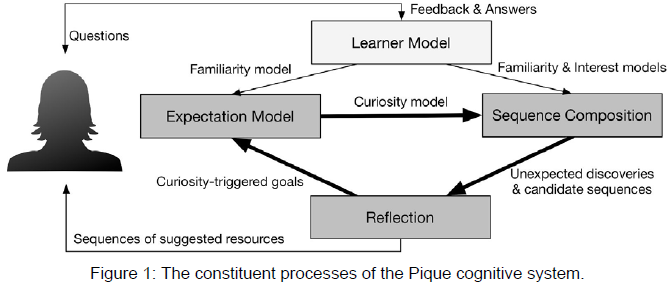
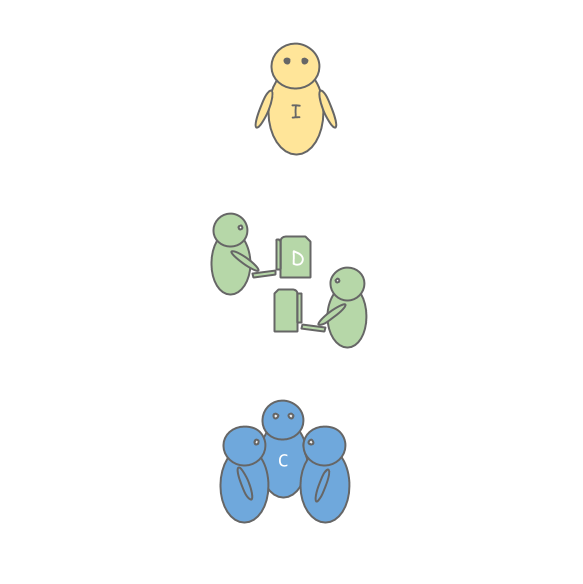
Lightweight Teams are a pedagogical design pattern that focus on creating low-stress collaborative learning experiences for students. These teams feature frequent activities with low grade weight and ample social interaction.
We have extended the original idea to include low-stakes teams and distributed lightweight teams.
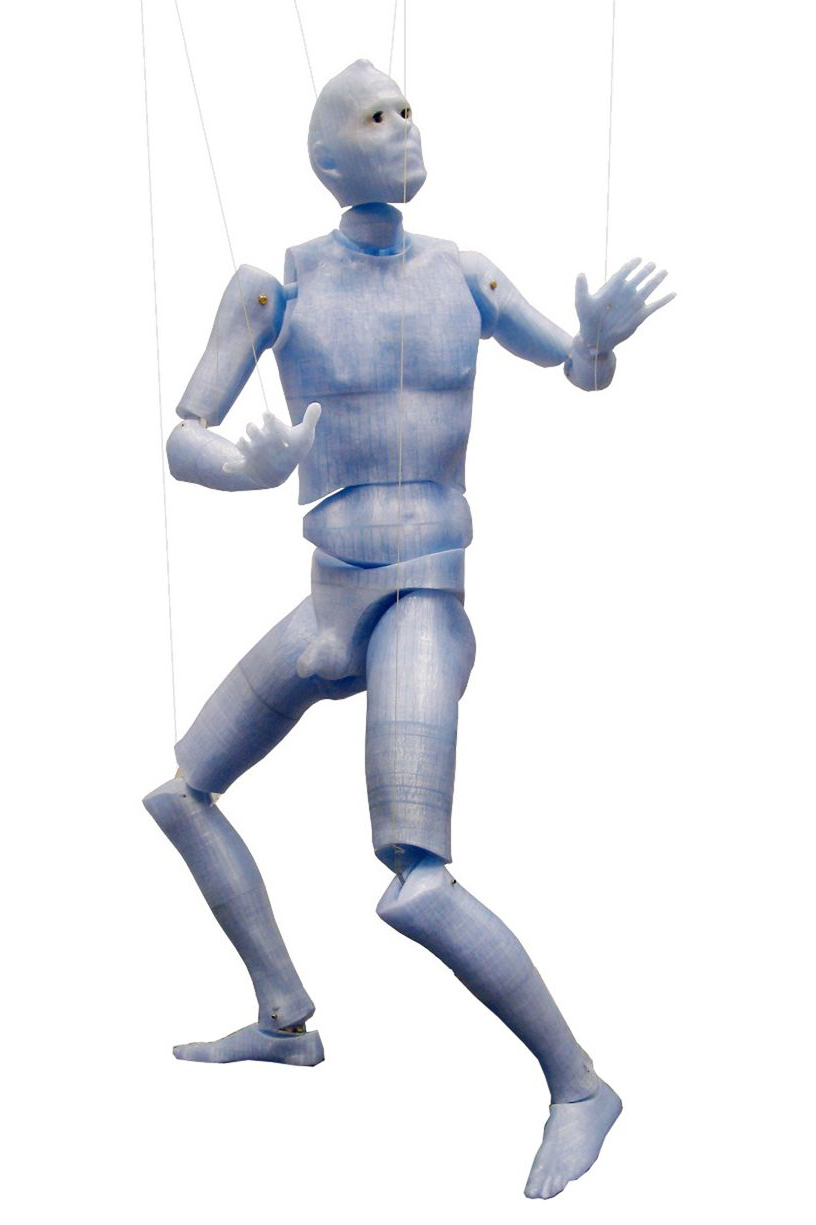
The willful marionette is an interactive art installation with which people engage in a gesture dialogue. One goal of this project is to explore people's response to a 3D replica of a human body in form of a marionette, and study their interaction through dialogues which comprise only gestures. The computational core of the marionette uses a mapping algorithm with random selection to generate a sequence of gestures in response to detected gestures from people. Several user studies where done throughout the project to investigate participants interest in the marionette as well as usability of the interaction design.
Website: http://creativedisturbance.org/podcast/the-willful-marionette-eng/
